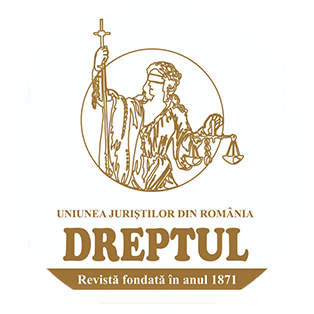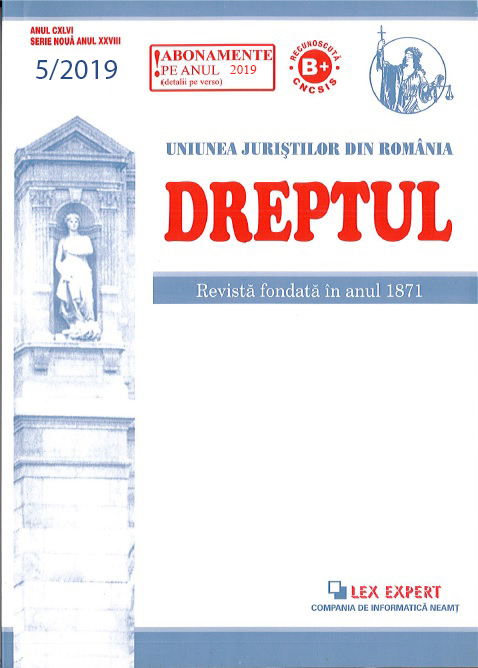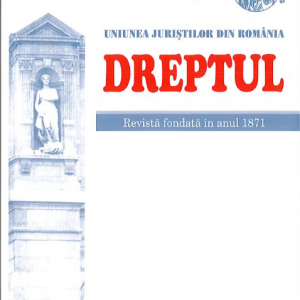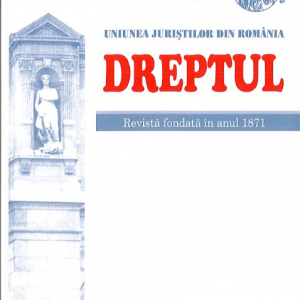The law provides that all declared claims will be subject to the verification procedure, with the exception of claims established by enforceable court judgments and enforceable arbitral awards, as well as budgetary claims resulting from an uncontested enforcement title within the time limits provided by special laws.
In case the court judgments or arbitral awards are annulled, quashed or modified in the means of appeal, the judicial administrator/judicial liquidator will restore the table of claims accordingly. In case the court, by annulling or quashing the judgment, does not settle also the merits of the case, the judicial administrator or the judicial liquidator will proceed to the verification of that claim, by notifying the creditors in the event of total or partial non-inclusion of the claim, the creditors having, against the measure of the practitioner, in the Bulletin of Insolvency Procedures the extract of the report of the judicial administrator or of the judicial liquidator in which that measure is described. The judicial administrator will proceed immediately to the verification of each application and of accompanying documents and will conduct a thorough investigation to determine the legitimacy, the exact value and priority of each claim. For this purpose, the insolvent practitioner has the right to request explanations from the debtor, will be able to discuss with each debtor, requesting additional information and documents, if he considers it necessary.
The regulation included in paragraph (2) of Article 106 of the Insolvency Code has an absolute novelty character, because until the appearance of the Law No 85/2014 the judicial administrator/judicial liquidator did not have the right to establish that the extinctive prescription of the claim has arisen. This is provided that, in the conception of the new Civil Code, the prescription can only be invoked by the one in whose favour it runs.
Therefore, if the insolvent practitioner will appreciate that for the amount of money declared by a creditor within the procedure the extinctive prescription has arisen, he will notify the creditor in that regard, without further checks on the pretended claim, the legislator considering that in this case it acts, although it is a body applying the procedure, as a representative of the insolvent debtor, obviously with the possibility of the creditor interested in challenging the measure to the syndic-judge. As a result of the verifications made, the judicial administrator/liquidator will draw up and register with the court a preliminary table containing all claims against the debtor’s estate, overdue or not, under condition or under dispute, arisen before the date of the opening procedure.
In the table there will be mentioned both the amount requested by the creditor and the amount accepted and the priority rank, and in the case of the creditor undergoing the insolvency procedure the appointed judicial administrator/judicial liquidator will also be indicated. In the case of the simplified procedure, in this table the claims arisen after the opening of the procedure and until the moment of going into bankruptcy will be recorded. In the case of claims which benefit from a preference cause, there will be presented the title from which the right of preference arises, its rank and, if applicable, the reasons for which the claims have been partially recorded in the table or have been removed.
The claims that are benefiting from a preference case shall be entered in the preliminary table with the full value, indicating at the same time the title from which the preference right arises, their rank and, if applicable, the reasons for which the claims were only partially recorded in the table or have been removed, and in the final table, up to the market value of the guarantee determined by assessment, ordered by the judicial administrator or by the judicial liquidator, by an authorized assessor. However, Article 122 (1) of the Framework-Law makes the drawing up of the final table of claims conditional upon the handover by the assessor of the guarantee assessment report.
In case the capitalization of the assets over which the preferential cause takes effect will be made at a price higher than the amount entered in the final consolidated table, the positive difference will be assigned to the guaranteed creditor, even if a part of his claim had been recorded as a secured debt, until covering the main claim and the accessories that will be calculated according to the documents from which the claim arises, until the date of the capitalization of assets. This provision will also be applied in case of failure of the reorganization plan and the sale of the asset in the insolvency procedure.



